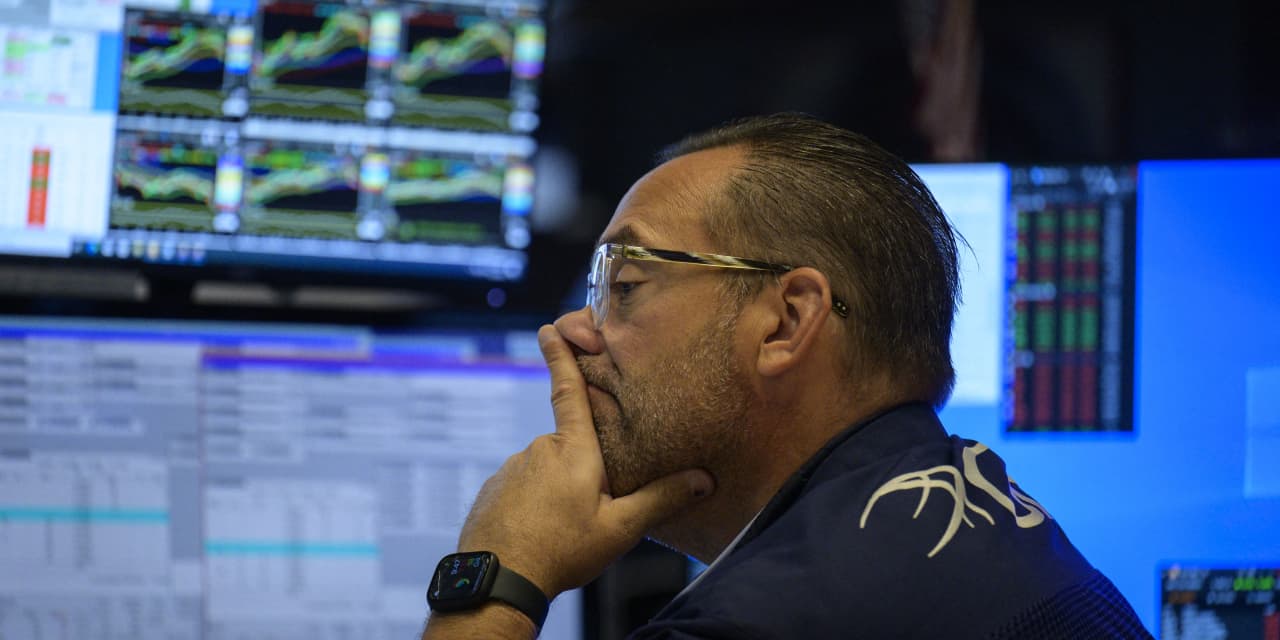The stock market can’t sustain a rally—and that’s a bad omen as the selloff gathers speed.
The
S&P 500
index fell 2.5% this past week, while the
Nasdaq Composite
declined 2.6%, and the
Dow Jones Industrial Average
dropped 2.1%. That puts the S&P 500 and Nasdaq in correction territory, with a drop of 10% or more from their highs of the year.
The S&P 500 tried hard to rally, just as it had many times over the past few months, but those bounces have almost invariably failed. Some of these mini-rallies since the summer have lasted weeks, only to end at lower levels than the previous one, a theme that repeated itself again. This persistent selling indicates that the market has waning confidence in the economy, in earnings, and in what stocks are really worth.
“Sentiment has turned,” says Jay Woods, chief global strategist at Freedom Capital Markets. “Things are starting to show breakdowns. That gives me pause.”
Especially now that good news is bad news once again. The U.S. economy grew at a 4.9% clip in the third quarter before inflation, which looks to be a sparkling number. Unfortunately, it only reaffirms the Fed’s resolve to keep interest rates high in order to cool the economy and inflation. Though a rate hike isn’t expected, investors will be watching for clues as to how long they will stay high when the central bank meets on Tuesday and Wednesday.
And for good reason. The higher rates remain, the more economic and profit growth should slow as tighter policy hits the economy with a delay. That makes investors—and companies—doubt even good news coming from corporate earnings.
Meta Platforms
(ticker: META) warned on its third-quarter earnings call that advertising sales could slow even as its earnings and sales easily topped forecasts, causing the stock to drop 3.7%.
Meta isn’t alone. S&P 500 companies that have beaten third-quarter sales and earnings estimates gained an average of just 0.5% after the reports, according to Evercore ISI, half the five-year average of 1%. Such ho-hum market reactions to earnings reflect a market that’s still too expensive. The S&P 500 trades at some 17 times expected earnings per share over the next 12 months. That’s elevated, considering that higher yields make future profits less valuable, which should weigh on valuation multiples. Historically, the S&P 500’s multiple should land somewhere in the low teens when the 10-year yield, at 4.84%, is as high as it is now, according to Evercore.
“The yield is, at least in the short term, stuck up here,” says Steve Sosnick, chief strategist at Interactive Brokers.
Investors should hope stocks are stuck, too. While they’re unlikely to make new highs, that’s better than making new lows.
Write to Jacob Sonenshine at [email protected]
Read the full article here







